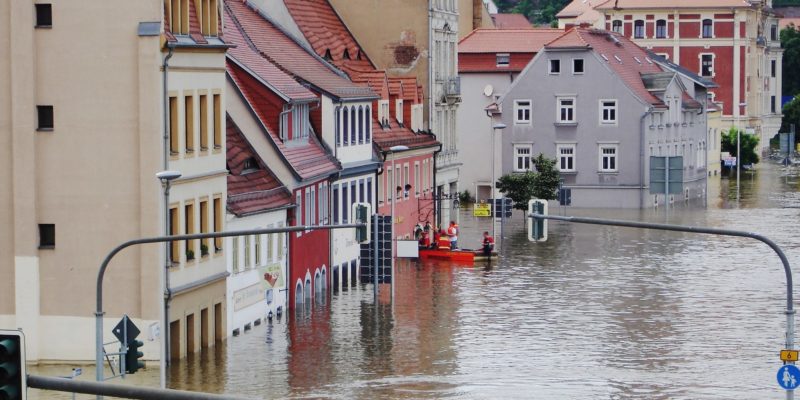How carbon budgets can push policy towards net-zero
Carbon budgets or net-zero targets?
The amount of CO2 that the world can emit whilst limiting global warming to a certain temperature is known as a global carbon budget. Estimating the size of the budget is not easy, but it can provide a vital gauge of humanity’s progress in tackling the climate crisis.
On a national scale, carbon budgets are even more challenging, as they involve complex decisions, assumptions and negotiations about the proportion of the world’s emissions that a particular country has the right to emit.
A net-zero greenhouse gas target, in contrast, provides a definitive date by which a country will reduce its overall contribution to climate change to zero. Net-zero targets are being set with increasing frequency, helping to raise collective ambition and ensure that the burden of responding to climate change is shared fairly between nations.
If accompanied by interim emissions reduction targets, net-zero commitments can empower nations to play a leading role in taking urgent action to combat climate change.
We hope our research can lead to more ambitious net-zero targets, as the reality of climate change is brought closer to home.
Raising ambition
Leeds researchers are leading a programme of work on a new climate model – called FaIR – which they hope can help them achieve two things. Firstly, improving estimates of the global carbon budget, to give a clearer picture of how much carbon can be emitted whilst still avoiding dangerous climate change.
And secondly, producing a ‘global warming impact scale’, a tool to help decision makers from different regions of the world to understand the climate impacts they are likely to experience based on different global emissions scenarios.

This research is being led by the University of Leeds through the CONSTRAIN project, which brings together 14 partners from across Europe and Israel. The project aims to improve understanding of key climate processes, including those that affect the remaining carbon budget, such as radiative forcing, cloud feedbacks and ocean responses.
Professor Piers Forster, who leads the CONSTRAIN project, said: “Global temperatures have already risen by over 1°C, and are continuing to rise by around 0.2°C per decade. As a result, many countries are already experiencing the impacts of climate change, especially in the Global South.
“This new tool will help decision makers understand the likely climate impacts their countries will experience in future from different emissions pathways. We hope our research can lead to more ambitious net-zero targets, as the reality of climate change is brought closer to home.”
Instead of trying to fairly apportion a dwindling remaining carbon budget, Leeds researchers recommend that national policies focus on reaching net-zero emissions as quickly and fairly as possible, whilst helping to avoid, and building resilience to, climate impacts such as heatwaves, droughts or flooding.
What next?
- The FaIR model will be used to improve estimates of the remaining global carbon budget, taking accounting of the effects of greenhouse gases such as methane, which are not typically included in calculations.
- A ‘global warming impact scale’ tool will be designed, combining the global carbon budget with research on expected regional climate impacts.
- This tool will be made available to policy makers to help support national decisions on mitigation, adaptation and net-zero targets.
